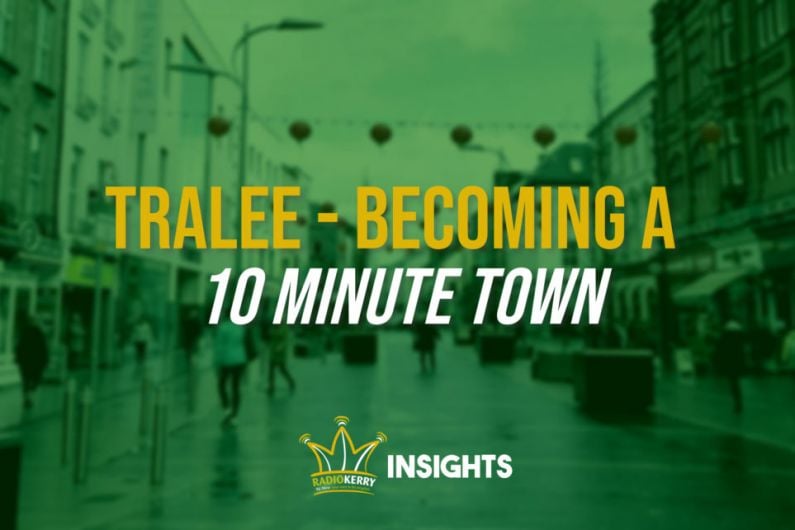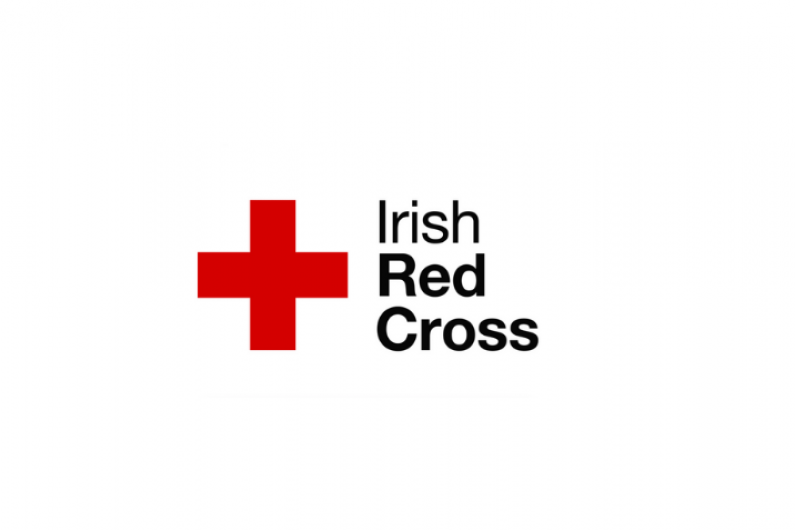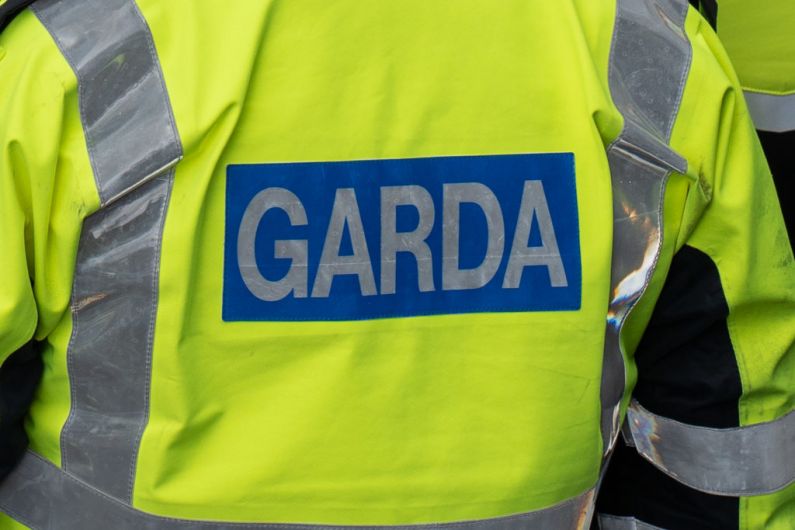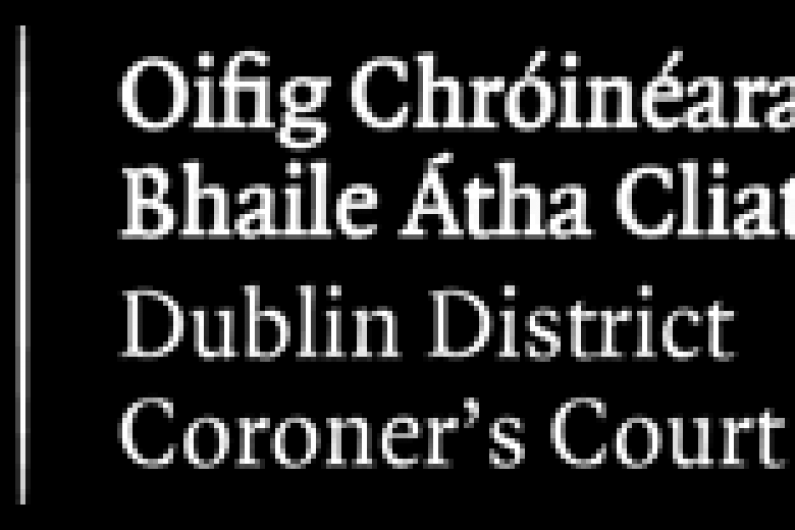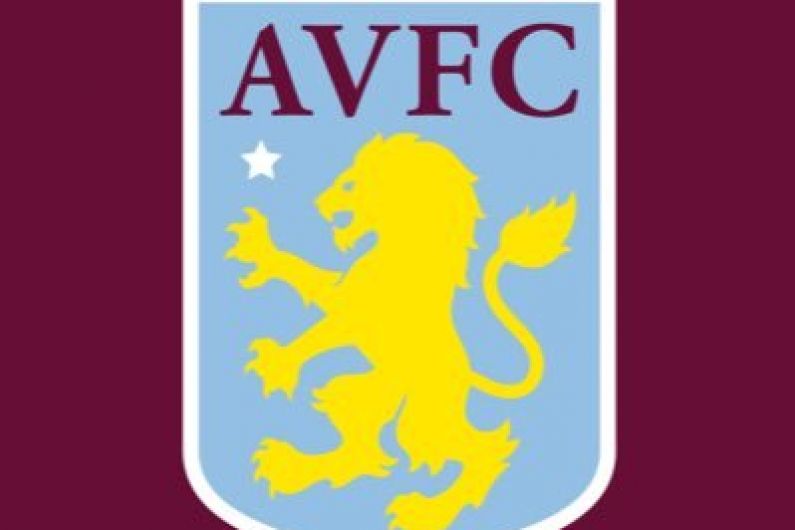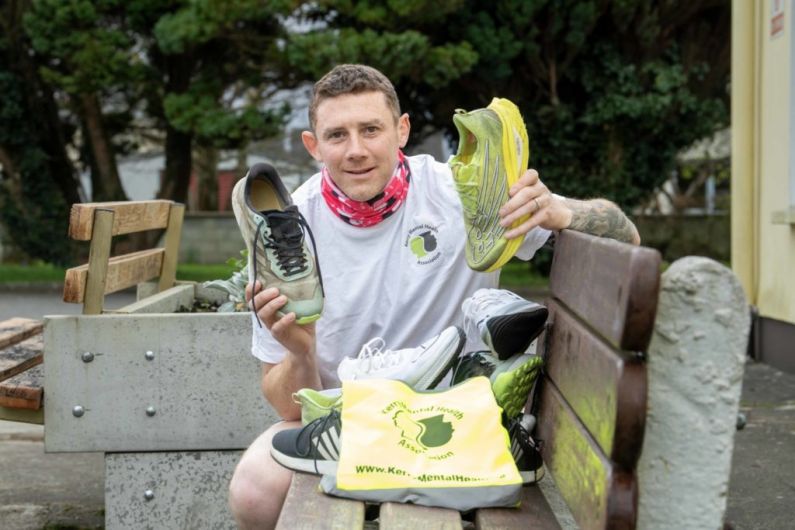Tralee could become a ‘10-minute town’ under a new concept.
A report by the Southern Regional Assembly analysed three towns in the south of the country, including Kerry’s capital.
First of all, what’s meant by a “10-minute town”?
This idea is about having all community facilities and services within a 10-minute walk or cycle from homes, or having them accessible by public transport.
Tralee was one of three towns studied, including Carlow and Ennis.
The study involved analysing a number of different amenities and services – and their locations – to understand the existing distribution.
The categories include: healthcare, education, retail, leisure and public transport.
How did the study gather data about those sectors?
The street network was derived from street map data, and then reviewed on Google Maps and Google Street view.
The points of interest – the facilities and services – were then put onto a map and areas within a 10-minute walk or cycle were highlighted.
So, an area within a 10-minute walk or cycle could be considered to satisfy the criteria to make Tralee a 10-minute town.
Before we get onto the recommendations, I understand the study looked at baseline conditions first. What did this reveal?
The baseline – or existing – information comprised the earlier sectors (healthcare, education, retail, leisure and public transport) along with demographics.
The population of Tralee in the 2016 Census was 23,691. Residential car ownership stats were also taken from the CSO to understand if there is a trend in car ownership, which may have a negative effect on the ’10 Minute Town’ concept. Car ownership in 2016 has slightly increased in Tralee in comparison to 2011, with 76% of households owning one or more cars in 2016.
In relation to healthcare, the study found that services are predominantly located within the town centre, with dentists, GPs and pharmacies also on Oakpark Road.
There is a trend that educational facilities are predominantly located in the town centre or on the northern side of Tralee.
That’s education and health covered and their proximity to the town centre. Was there anything noted about retail services, considering the distance between Manor West and the town centre?
Surprisingly, there was no specific mention of this divide.
But it did note retail services are generally located along a northwest-southeast axis through Tralee. It was also noted that there are residential areas that do not have retail services conveniently located nearby, particularly the southern and north-eastern part of Tralee.
The study also examined people’s means of travel, which is a major part of making an urban area a 10-minute town.
The majority of people travelling to Tralee for work or education purposes do so by car, accounting for 72%. This is followed by walking (12%) and by bus (5%). Only 2% of people commute by bike. This shows there are huge opportunities for Tralee to get closer to being a ’10 Minute Town’.
What were the conclusions drawn from the baseline study?
Overall, the catchment analysis for cycling showed that all services in Tralee are within a 10-minute cycle catchment area and therefore complying to the 10-minute objective. However, census data shows there is a need to further improve cycle facilities to encourage greater usage in Tralee.
Healthcare services are predominantly located within the centre of Tralee and therefore many suburban residential areas are outside their 10-minute walking catchment. As such, adding additional pedestrian links will not change the accessibility of the healthcare services.
Access to healthcare facilities within 10 minutes of many suburban areas can only be achieved by cycling at present, including Alderwood Court, Mounthawk, Ballyrickard, Caherina, An Choill, Clahane and Manor Village.
Generally, there is potential to improve pedestrian access to University Hospital Kerry through provision of additional links to neighbouring residential areas.
The IT Tralee North Campus is on the edge of the town, and is thus beyond the 10-minute walking catchment of most of the town. Town bus services help link IT Tralee with the rest of the town.
Speaking of buses, was there any comment on the public transport system in Tralee?
Bus stops are located throughout Tralee, most of which are served by the two town bus routes. Other existing bus services link Tralee with regional destinations as well as smaller towns and villages in its hinterland. Most services are infrequent, and as such are designed to facilitate those who cannot drive rather than encourage modal shift.
Tralee Railway Station is within a 5-10-minute walking catchment of the town centre; however, the majority of the town falls outside of this catchment area.
Services from Tralee are infrequent, with services running at two-hour intervals during the day.
Rail services also terminate relatively early, with the final train from Tralee departing at 19:05 and the final service from Mallow at 21:17. Improvements to frequency and timetabling would improve Tralee’s rail connectivity with the rest of the region.
The Southern Regional Assembly, which compiled the study, highlighted a number of constraints and the opportunities to remedy them. Can you name a few?
These are, effectively, recommendations to make Tralee closer to becoming a 10-minute town.
The limited access to Fenit Greenway from adjacent residential areas is named as a constraint; this can be helped by providing additional accessways from estates that run near it.
There are few cycle facilities on roads connecting IT Tralee to the rest of the town; it’s recommended to provide cycle facilities along Oakpark Road, Killeen Road, Clash and Dromtacker Road. It’s also suggested that a pedestrian and cycleway be created to access UHK.
The report noted there’s a lack of accessibility between residential estates, leading to a number of cul-de-sacs; the removal of dividing walls between estates is suggested.
It’s also recommended to provide a comprehensive network of cycleways within the town as the existing cycleways are discontinuous.
Finally, the report says the two local bus services in the town only operate hourly and have indirect routes. It’s suggested that increasing the frequency of services should be considered, along with making the routes more direct.
Eamonn Hickson - 08 October 2020
